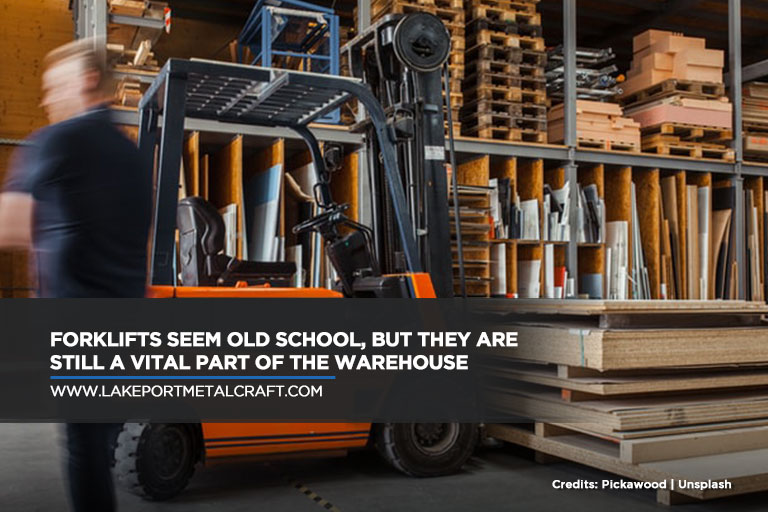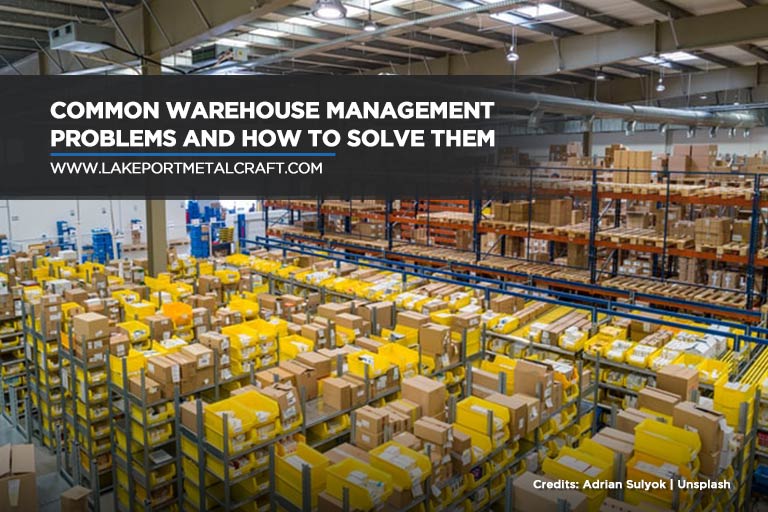If you’re having trouble with warehouse management, know that you’re not alone. There are so many aspects that influence the smooth operation of warehouse management that missing or underestimating minor details can result in unanticipated issues. A well-managed warehouse, on the other hand, is a valuable asset to any business. It functions consistently and efficiently.
Warehouse issues can impact the speed, warehouse efficiency, and productivity of a single warehouse operation as well as the entire chain of processes that are connected to it. The majority of the time, these problems are discovered after the procedure has started or even after it has been completed.
And by then, it’s typically too late to avoid the mistake—and it may even be too late to mitigate the damage. However, if you have prior awareness of the various issues that may arise in your warehouse systems, you can anticipate them and prevent damage before it occurs.
- Inaccuracies in your inventory
Accuracy and efficiency in inventory management go hand in hand in warehousing, especially in a world where customers clean out supplies for specific products overnight or countries limit manufacturing and trade regulations.
Inaccurate warehouse inventory leads to issues including maintaining incorrect stock levels and accumulating obsolete inventory. Picking issues arise as a result of pickers relying on erroneous information, resulting in inefficient operations. Lowered productivity, greater expenses, and corresponding lost revenue are some of the other consequences of faulty inventory.
Automated systems provide reliable, real-time data on stock levels and composition. Because the value of an automation system is just as good as the system’s quality, the technology used to manage inventory in a warehouse is vital to success.
- Redundancies in Processes
Because of the nature of the storage process, warehouse staff are likely to handle a product multiple times — until Covid-19 arrived. The process of warehouse workers passing the same ticket around has suddenly become a health risk and requires immediate reassessment.
While such redundant procedures are important in some cases, they are time-consuming and not only increase labour costs, but also pose a health and safety risk. The warehousing process may be streamlined by adopting barcode technology, which eliminates repetitive procedures while maximizing resource use. Automated systems are continuously evolving, and worldwide trends are forcing warehouse managers to keep up-to-date technologies in order to thrive, not just survive.
- Equipment Issues

The truth is, a warehouse with a physical inventory will be labor intensive. No matter how advanced your warehouse systems are, you will need the old school equipment of yesterday. Unfortunately most modern warehouses these days opt to put proper equipment purchase, operation, and maintenance at the bottom of the list.
Ever since the advent of robotics in the warehousing industry, traditional heavy equipment such as forklifts, mobile cranes, and the like are becoming less and less prevalent. However, this equipment ,especially when maintained and operated properly, still forms the backbone of the heavy lifting duties of warehousing.
Moreover, with regular updates and upgrades to such equipment, it often lasts far longer than modern robotics. Updates to improve workplace safety and durability like The Backbone are upgrades you should consider for your reach trucks as this will ensure that operations in your warehouse aren’t hampered by safety concerns from operating such equipment.
- Inefficient Layout and Mapping

In warehousing in 2021, when we were trying to achieve more with less, efficient use of space is a vital success factor. Particularly warehouses with poor system layouts, insufficient storage capacity and inefficient utilization of limited space are prevalent issues. Managers are concerned by unfavorable warehouse design because it has a direct link to a potential loss of income.
The best warehouse layout takes into account both the available floor space and the vertical space. A good plan maximizes the use of space, the utilization of equipment and labour, the accessibility to all goods, the security of all items, and the safety of the crew. By using forklifts, you may create a layout that maximizes both horizontal and vertical space.
Simplifying dock-to-stock processes and ensuring that your best-selling inventory is easily available are two complementary strategies.
- Seasonal Demands
Demand fluctuations are a major headache for warehouse managers. Due to growing inventory levels, the current global financial crisis caused a drop in sales, causing huge cost concerns for warehouses. Although the problem does not affect all industries equally, it does emphasize the challenge of demand swings caused by circumstances outside the warehouse’s control.
Seasonality in demand management necessitates timely and reliable data on production, retailing, and the industry. The distributor’s capacity to monitor and respond to changes in demand is hampered by information gaps between the warehouse and other relevant entities or the industry. Warehouses must employ up-to-date and accurate data for planning and forecasting demand, as well as giving supply chain insight.
The negative effects of seasonal demand can be mitigated by rearranging products to fit fluctuations in demand. This reorganization entails proper item positioning, such as placing high-demand items at the front of the choosing aisle and at the proper height during the current season.
However, dealing with seasonality in demand entails more than just layout and selecting. The challenge also necessitates proper transportation network management and strategic transportation service sourcing. These long-term solutions give the distributor a long-term capability with strategic significance.
Benefits of a Well-Managed Warehouse
Buyers are often unaware of warehouse management, although they play a critical role in guaranteeing on-time delivery. Good warehouse management ensures that all warehouse processes function as effectively and precisely as possible to reach this goal.
Supply chain management, for example, entails maximizing storage space for inventory storage, making inventory easy to find for employees, ensuring sufficient staff, and efficiently processing orders. It also involves communication with suppliers and shipping companies to ensure materials arrive on time and orders ship on time.
The advantages of good warehouse management, such as quick, high-quality service at a reasonable cost, can spread across the supply chain, building relationships with both suppliers and customers.
Make sure operations continue
Make sure your operations don’t bog down due to safety concerns. Turn to The Backbone — Underride Protection for Reach Trucks and Standup Forklifts — to keep your operators safe.
A safe warehouse is an effective warehouse. Contact us at 416.587.5809 or send us an email at n.nopper@lakeportmetalcraft.com.



